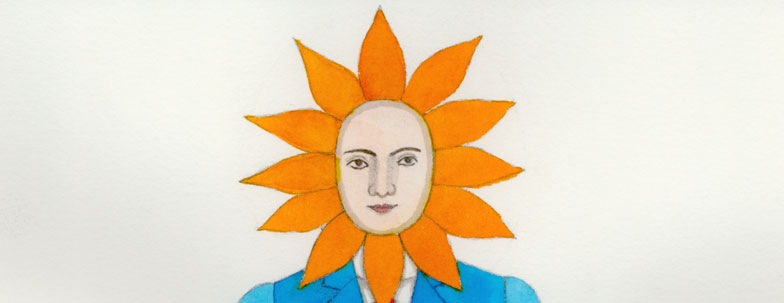The Fairy Queen

Composed by
Henry Purcell
Libretto by
Anonymous Adaptation of
William Shakespeare’s A Midsummer Night’s Dream
Directed by
David Pountney
Scene Designer:
Robert Israel
Produced by:
English National Opera, London, UK
Venue:
English National Opera
Year:
1995
I designed this production in 1995 at English National Opera in London for the Purcell Tercentenary.
The Fairy Queen, like The Indian Queen, is a semi-opera anonymously adopted from Shakespeare’s A Midsummer Night’s Dream, first performed in London in 1692. However, unlike The Indian Queen, this semi-opera was firmly established in the English opera repertoire during Purcell’s life, and has even been utilized as an accompaniment to productions of A Midsummer Night’s Dream (memorably at Yale Repertory Theater in 1975 in a production that cast young Meryl Streep as Helena).
David Pountney, director of ENO production wrote:
“Purcell’s score for The Fairy Queen is a brilliant succession of songs, dances and orchestral numbers which are by turns atmospheric, poignant, erotic, witty, and grandly ceremonial. This richly inventive sequence of music flows in a glittering stream without any apparent dramatic logic, development of character or other ponderous rationale, but simply under the impetus of its own inspiration. This seemed to us a marvelous opportunity to make a dramatic entertainment in song, dance, and image, which attempted to do justice to Purcell’s score with the same spirit of careless and exuberant invention. The original The Fairy Queen consisted of a bowdlerized text of Shakespeare’s A Midsummer Night’s Dream, and Purcell’s music numbers essentially made up masques which came at the ends of the acts of the play. Sometimes the musical numbers bore some relation to the progress of the play, sometimes not. The final Masque spectacularly transports us to China, for instance, which readers will not recall as part of the plot of A Midsummer Night’s Dream.”
David Pountney, director Quinny Sacks, choreographer, I and Robert Israel, scene designer, collaborated on a new story line for our production, though most of the credit must go to David, whose flawless musical and literary knowledge was at the center of the process. Our story (or “storyboard” as David called it) provided the evening with a dramatic thread to the music, and decided who sang and danced what. Music and sung text was just as Purcell wrote it. We maintained the ‘themes” of A Midsummer Night’s Dream” which meant that we had Titania and Oberon as our main singers while Puck and the Indian Boy were the principal dancers. We also had a group of mortals (inspired by London’s financial center The City, doing very well in the nineties but always full of anxiety and foreboding). The names of the various fairies and attendants were adopted from England’s folk fairies and spirits: Mumpoker, Buggen, Buckaboo and Goggie were not scary fairies, while Boggarts were loners who upset pots, unraveled knitting and created noise in the kitchen at night. Some spirits could change shape like Brag who enjoyed shocking his victim by appearing as naked headless man (hence the G-string). Trash and Padfoot made disagreeable noises as they approached. Banshee was a hag who washed the grave clothes of those about to die.
The Fairy Queen was a wonderful project to design since we were not tied to a libretto and its dramatic needs but were allowed to be freely inventive. Our aim was to create an enchanting evening of exquisite music and dance. As a costume designer I was supported by a very fine and fully professional costume shop and given a very generous budget. I did not have to compromise in any way.
The Fairy Queen was well received but I felt somewhat let down in the end. In the choreography, in particular, there were some false notes that for me lowered the quality of our work. This is not uncommon when there are so many collaborators. It is difficult to achieve a united vision.
Next production, The Gospel According to the Other Mary.